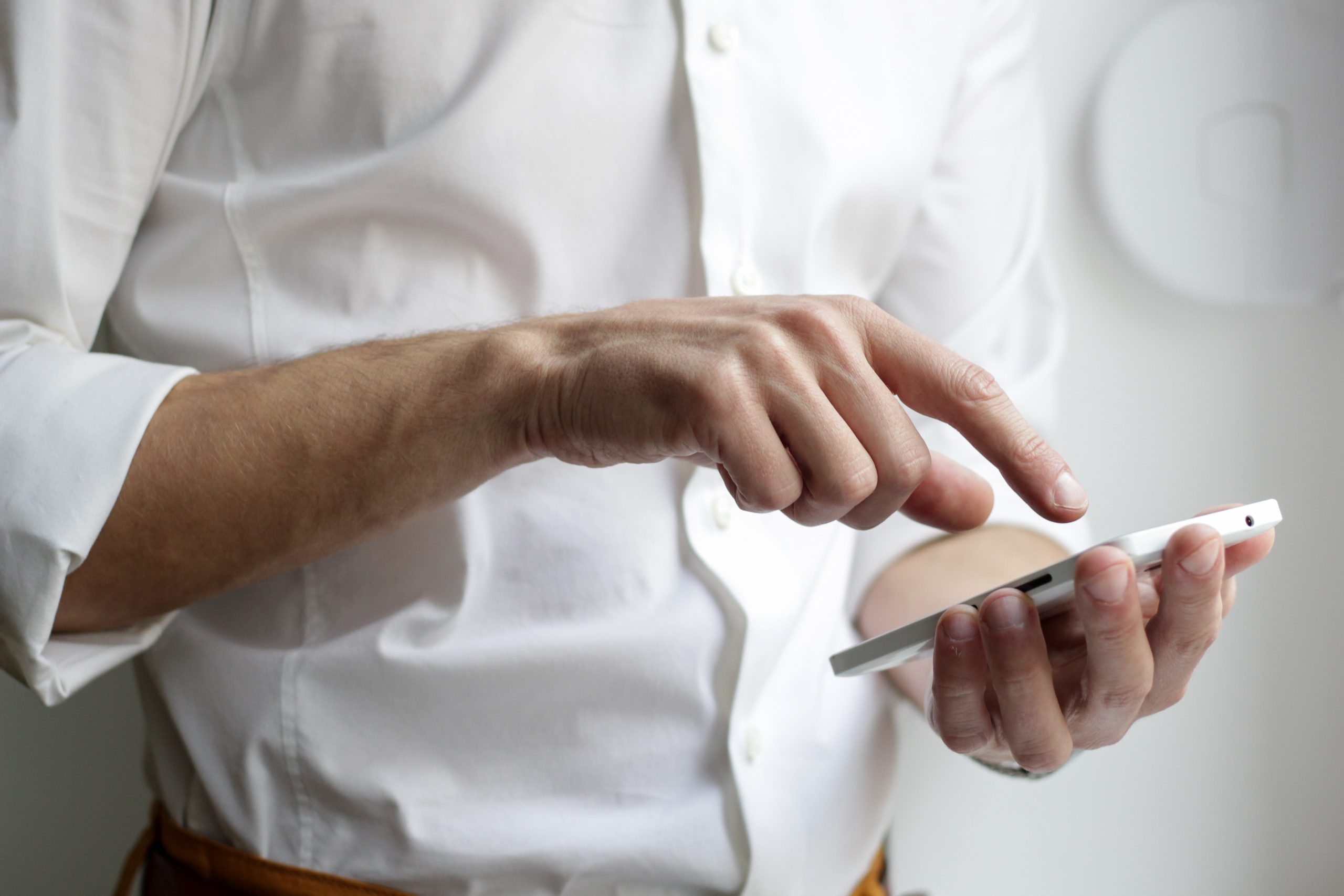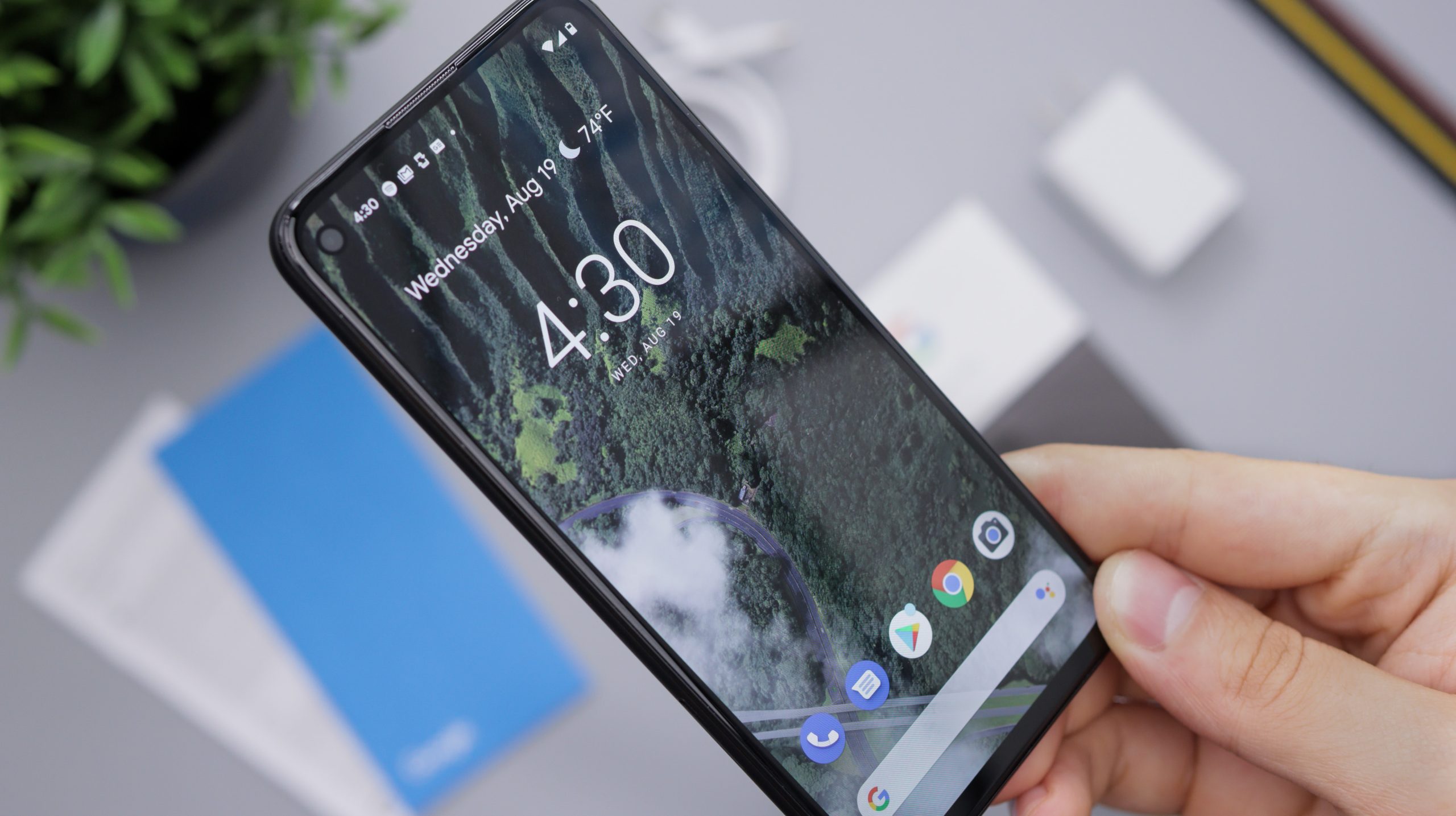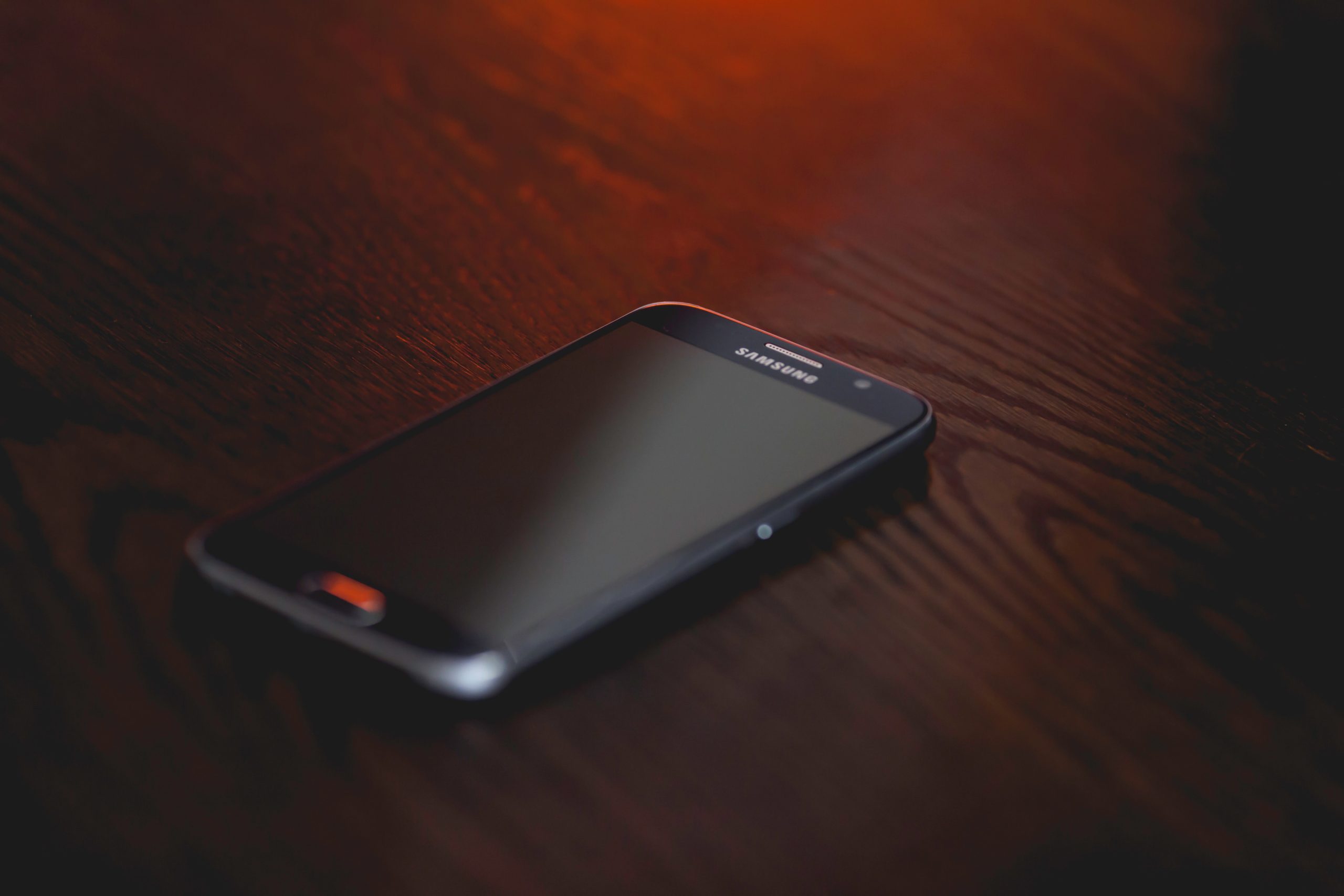Have you ever wondered what kind of data is being collected and stored when you use the popular photo editing app, PicsArt, on your Android device? Well, in this step-by-step guide, we will delve into the world of PicsArt user data and show you how to access it. From personal information such as your name and email address to the photos and videos you’ve edited using the app, there’s a treasure trove of data waiting to be uncovered. So if you’re curious about what PicsArt knows about you or simply want to take control of your privacy, read on!
Why accessing PicsArt user data on Android is important
Accessing PicsArt user data on Android is important for several reasons. Firstly, it allows users to have control over their own content and personal information. By accessing their user data, individuals can better understand what information about them is being collected and used by the app. This knowledge empowers users to make informed decisions about sharing their data and ensures that they are in control of their digital footprint.
Secondly, accessing PicsArt user data provides valuable insights for app developers and marketers to improve the overall user experience. By understanding how users engage with the app, which features are popular or underutilized, and what content resonates with them, developers can make informed decisions about updates and enhancements. This ultimately benefits all users by leading to a more personalized and enjoyable experience within the app.
Lastly, access to user data can serve as a tool for creativity and self-expression. Analyzing usage patterns can help identify trends in content creation that may inspire new ideas or unlock hidden potential within individuals. It enables artists to explore different styles and techniques by learning from others in the community who share similar interests or artistic practices.
In conclusion, accessing PicsArt user data on Android is crucial from both a privacy standpoint as well as enhancing the overall experience for all app users. It puts control back into the hands of individuals while providing valuable insights for developers to improve the platform further. Additionally, it serves as a source of inspiration for artists looking to expand their creative horizons within this vibrant online community.
 Step 1: Downloading and installing the PicsArt app
Step 1: Downloading and installing the PicsArt app
To begin accessing PicsArt user data on your Android device, the first step is to download and install the PicsArt app. Fortunately, this process is straightforward and can be completed in just a few minutes. Simply go to the Google Play Store on your Android device and search for PicsArt. Once you find the app, click on the Install button.
After clicking on Install, the downloading process will commence. Depending on your internet speed, this may take a few moments. Once the app has finished downloading, you can open it by tapping on its icon from your home screen or app drawer.
Once opened, you’ll be prompted to sign in or create a new account. Creating an account allows you to access additional features such as social networking within the PicsArt community and cloud storage for saving your edited images. If you already have an account, simply enter your login information and proceed to enjoy all that PicsArt has to offer.
Downloading and installing a mobile application like PicsArt is often considered an essential first step in unlocking its full potential while ensuring optimal functionality throughout usage. By following these simple steps, you’ll be well on your way to exploring countless creative possibilities offered by this popular photo editing tool.
Step 2: Creating a PicsArt user account
Creating a PicsArt user account is an essential step in accessing the full range of features and benefits that this popular photo editing app has to offer. To get started, simply download the PicsArt app from the Google Play Store and open it on your Android device. Once you have launched the app, you will be prompted to either sign up with your email address or connect through social media platforms such as Facebook or Google.
For users who prefer not to link their accounts to social media, signing up with an email address is a quick and straightforward process. You will need to complete email verification and choose a secure password. After entering these details, simply click on the Sign Up button, and voila! You are now ready to explore all of the incredible photo editing tools and creative community features available on PicsArt.
One advantage of creating a PicsArt user account is that it allows you to save your edits and creations across multiple devices. By storing your work in the cloud, you can easily access it whenever inspiration strikes – whether you’re using your phone, tablet, or desktop computer. Additionally, having a user account enables you to participate in various challenges, contests, and collaborations hosted by PicsArt’s vibrant community. By joining forces with other like-minded creatives around the world, you can gain valuable feedback on your work, learn new techniques, exchange ideas, and even make lasting connections within the art community.
 Step 3: Accessing user data settings in the app
Step 3: Accessing user data settings in the app
In today’s digital age, data privacy has become an increasingly hot topic. Users are rightfully concerned about how their personal information is being collected and used by apps. As developers, it’s crucial to prioritize transparency and provide users with clear options to control their data settings. In this step-by-step guide, we will walk you through the process of accessing user data settings in the PicsArt app for Android.
Once you have opened the PicsArt app on your Android device, navigate to the settings menu by tapping on the three horizontal lines in the top left corner of your screen. From there, scroll down and select ‘Account Settings.’ Here, you will find a variety of options related to your account and privacy preferences.
To access your data settings specifically, click on ‘Privacy & Data’ or a similar option based on which version of PicsArt you are using. This will bring up a list of different types of data that the app collects, such as location information or device identifiers. You can toggle these options on or off depending on your preferences. Remember that modifying these settings may impact some features within the app, so choose wisely.
By ensuring that users have easy access to their data settings within an app, developers can build trust with their audience while also empowering them to maintain control over their personal information. It’s important for users to be able to make informed decisions regarding sharing their data without feeling overwhelmed or confused by complicated processes.
Step 4: Understanding the different types of user data
Understanding the different types of user data is crucial when accessing PicsArt user data on Android. There are several types of user data that can be collected, each serving a different purpose and providing valuable insights into the users’ behavior and preferences. One type of user data is demographic information, which includes details such as age, gender, location, and language. This information can help marketers segment their target audience more effectively and tailor their marketing strategies accordingly.
Another type of user data is behavioral data, which tracks how users interact with the app and its features. This includes information on how often users engage with certain features, the time they spend on the app, and their browsing patterns. Analyzing this data can provide valuable insights into user engagement levels and highlight popular features that can be further optimized to enhance the overall user experience.
Additionally, there is preference data that captures users’ preferences in terms of content consumption. This includes details such as favorite styles or themes for editing photos or creating art. Understanding this type of user data allows developers to personalize recommendations based on individual preferences, ultimately increasing retention rates and overall satisfaction.
Overall, understanding the different types of user data provides a comprehensive picture of users’ behaviors, preferences, and interests. Leveraging this knowledge not only allows developers to improve upon existing features but also opens up possibilities for new feature development based directly on what resonates with their target audience most effectively.
 Step 5: Adjusting privacy settings for data sharing
Step 5: Adjusting privacy settings for data sharing
Once you have successfully accessed the PicsArt user data on your Android device, it is essential to adjust your privacy settings to ensure you have control over what data is being shared. Privacy concerns are at the forefront of technological advancements, and taking charge of your own data sharing preferences is crucial in protecting your personal information.
To start, navigate to the Settings menu within the PicsArt app and look for a section dedicated to privacy or data sharing. Here, you should find various options that allow you to customize what information is shared with others. Take advantage of this opportunity to review each setting thoroughly and decide which ones align with your comfort level. By adjusting these privacy settings, you can prevent any unnecessary or unwanted sharing of your sensitive user data.
However, it’s important not just to blindly turn off all data sharing options without understanding their implications fully. Some features may rely on certain types of information to provide a more personalized experience or enable specific functionalities within the app. Therefore, consider striking a balance by keeping necessary features enabled while disabling those that make you uncomfortable or share more than what you’re willing to disclose.
Remember, staying informed about how apps handle and share user data allows for a more mindful approach towards safeguarding your personal information online. Take time regularly to double-check and adjust your privacy settings as needed – it’s an ongoing process in an ever-evolving technological landscape aimed at putting users’ interests first.
Conclusion: Taking control of your PicsArt user data
In conclusion, taking control of your PicsArt user data is essential for protecting your privacy and ensuring the security of your personal information. By following the step-by-step guide provided in this article, you have learned how to access and manage your data on Android devices. This newfound knowledge puts you in the driver’s seat when it comes to deciding what data you want to share and what you want to keep private.
Additionally, being aware of the potential risks associated with sharing your data with third-party apps and understanding how PicsArt uses your information can empower you to make informed decisions about using the app. Remember that while PicsArt may collect certain data for functional purposes, such as improving its services or providing personalized recommendations, you always have the right to opt out or delete your data if desired.
By actively monitoring and regulating access to your user data on PicsArt, you are taking a proactive stance towards safeguarding your privacy online. This level of control not only ensures that unwanted parties do not have access to sensitive information but also allows you to tailor and customize your experience on the platform according to your preferences. So go ahead, take charge of how PicsArt treats your user data – after all, it’s yours!


